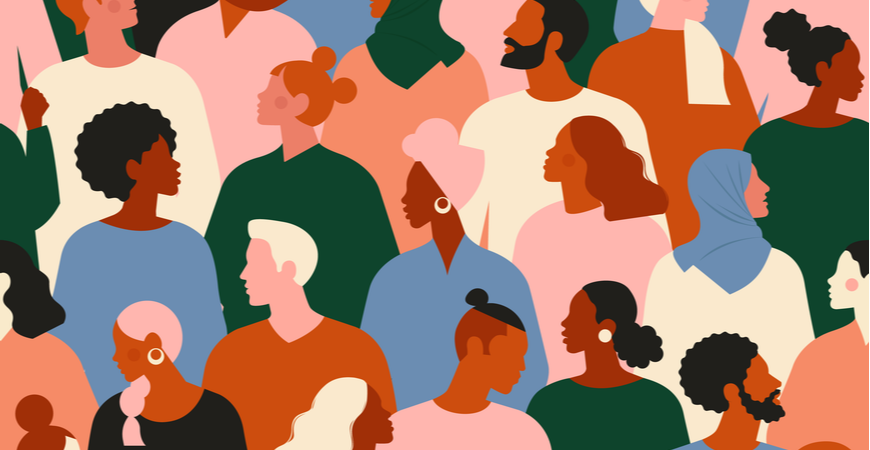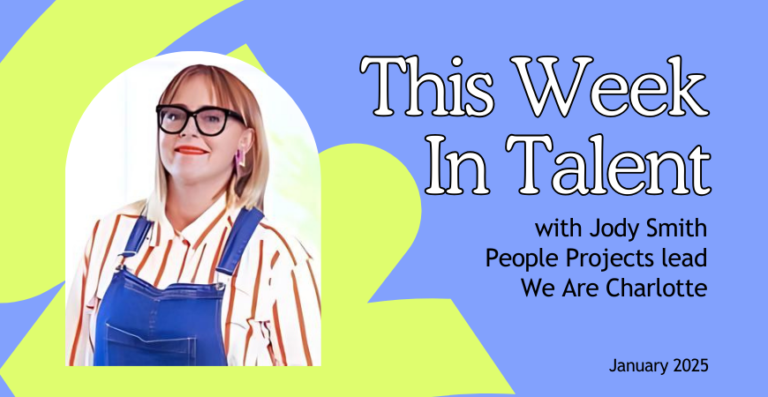It’s been nineteen months since the Black Lives Matter movement. Nineteen months since we saw organisations post their black squares on social media, make public pledges to fight for racial justice and vow to be allies to black, Indigenous & people of colour (BIPOC).
So, where are we now?
We’ve all seen the organisations that post LinkedIn photos of their newly hired refugees or Indigenous or Torres Strait Islander interns through their diversity programs, with captions bursting of pride.
But what we don’t often hear about, is what is the experience of these interns.
What is the promotion velocity (speed of promotion relative to tenure) of these interns? Are they being retained or exiting in within months after not securing ongoing positions? Do these interns feel included and feel like they can be authentically themselves?
You see, when it comes to organisations’ diversity efforts, it’s easy to equate visibility with action. But it doesn’t work like that.
An organisation featuring a person from an underrepresented background on their website does not necessarily reflect their workforce. Also, an organisation having a diversity strategy or making public pledges to fight racial inequality does not mean that their employees from minority groups aren’t experiencing discrimination in the workplace.
The Gari Yala (Speak the Truth) report (2020) by the Diversity Council of Australia found that 38% felt they were treated unfairly because of their Indigenous background and an alarming 66% of Indigenous employees did not feel supported when they experienced racism at work.
Real and meaningful progress when it comes to diversity, equity, and inclusion (DE&I) takes a lot of time, money, and commitment.
We simply cannot accept empty rhetoric and false organisational promises.
In 2022, let’s stop diversity-washing.
It’s hard to measure precisely how much DE&I progress has been made, but we would suggest little.
So, what can organisations do?
Find out where BIPOC groups are and reach out, train your teams to be able to communicate effectively with them, engage with them regularly and consistently. Communicating authentically and listening with the intent to learn is key.
Understand the experience of BIPOC candidates applying to join your organisation. If you notice drop-offs of any groups relative to others at certain stages, this could imply potential bias in that stage.
Finally, seek to understand the experience of your BIPOC employees and address systemic issues. Culture Amp has created an inclusion survey that can help organisations identify disparities between employee groups.
In 2022, let’s make more progress.
There are people out there that are opposed to or strongly opposed to DE&I (3% of employees according to a 2019 DCA report), and many others are simply just tired, which can make it hard to make progress.
During a recent conversation with an individual who admittedly fell under the above mentioned ‘tired’ group, they went on and asked, “why should it be about race or ethnicity….”
Let me guess, shouldn’t it be abo-
“Shouldn’t it be about merit?”
Sigh. Where does one join this ‘tired’ group? I take a deep breath and prepare to recite this for the 475829th time.
Well, yes. You see, what’s occurring now is that perfectly qualified individuals are not getting jobs because of their ethnicity, names, accents, skin colour, lack of local experience to name a few. So, what we’re saying, is that it should be an equal level-playing field, and these perfectly qualified candidates who are being unfairly discriminated against should be given the same opportunity as everyone else. It should absolutely be about merit.
When you have the option to choose whether to care about diversity, that’s privilege.
For many BIPOC, it’s not a fight they want to or choose to fight, it’s about their livelihoods.
It’s about their families’ livelihoods.
It’s about ensuring that their future generations never have to experience being turned down for a job because of their race, ethnicity, skin, colour, accent, or language, amongst other things.
In 2022, let’s commit to creating a more inclusive future of work.
Feature image: Shutterstock






